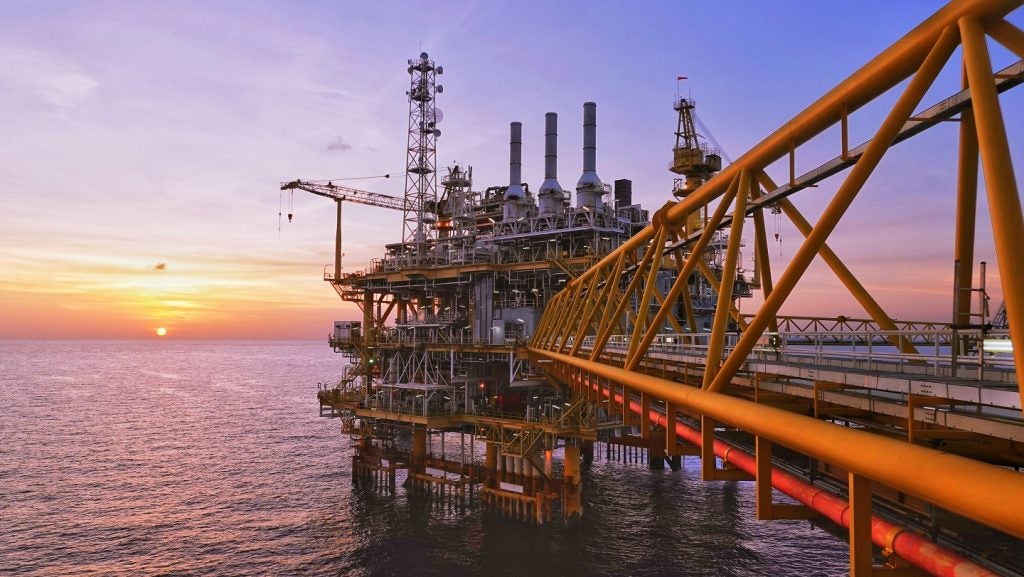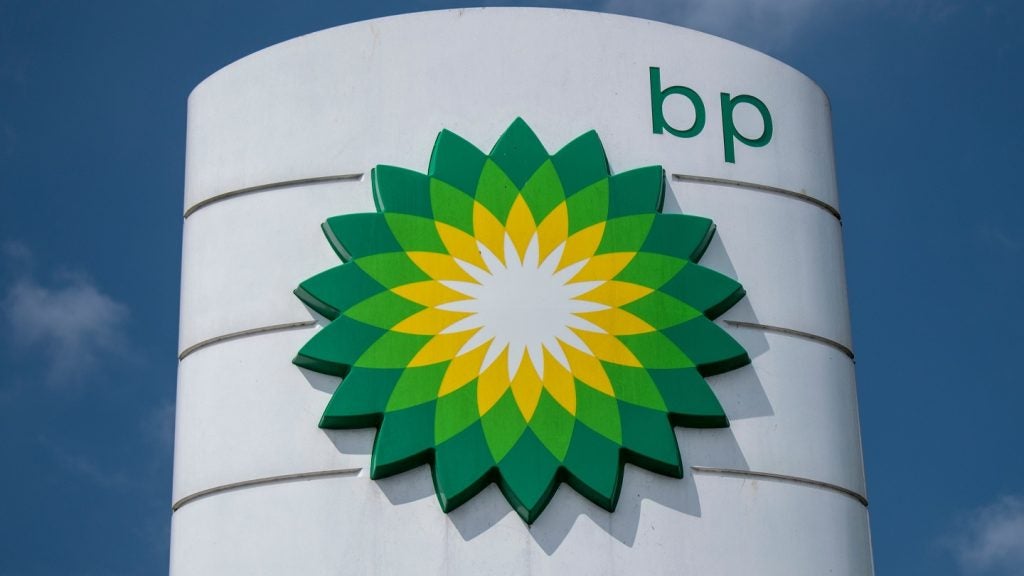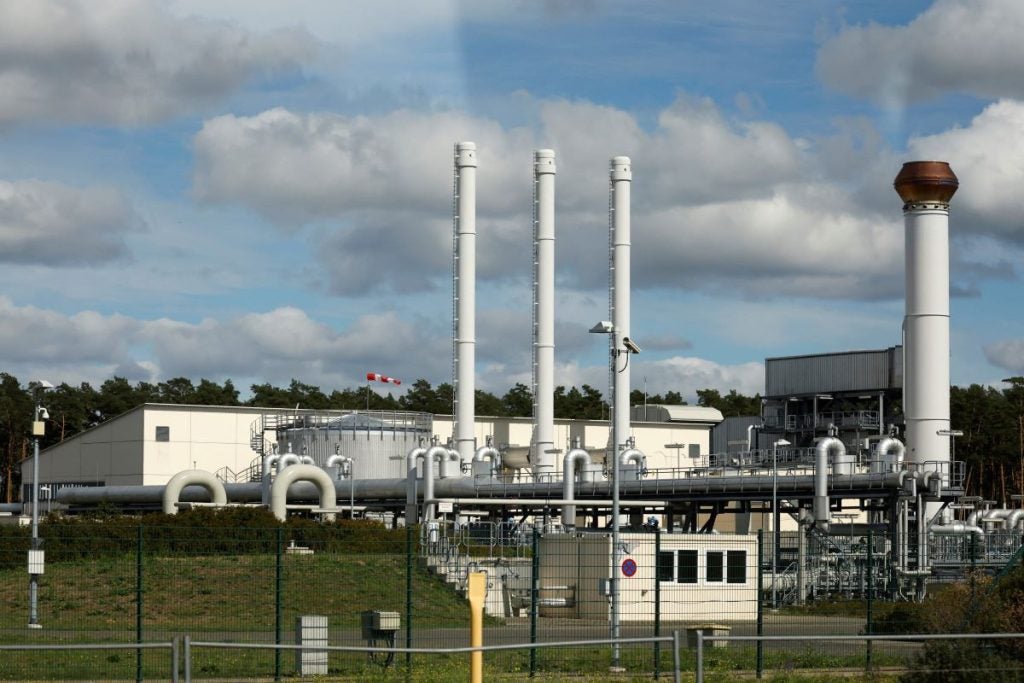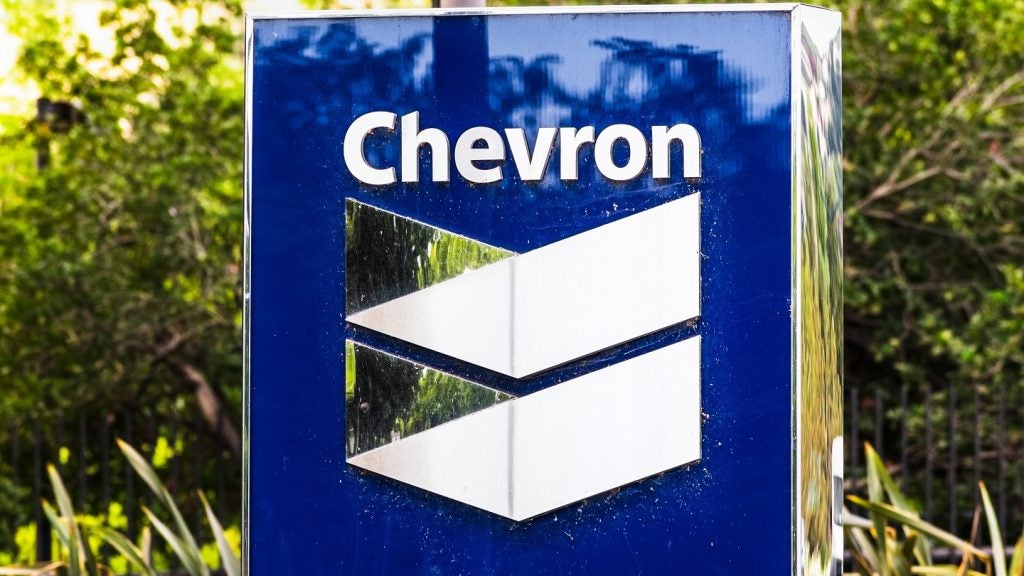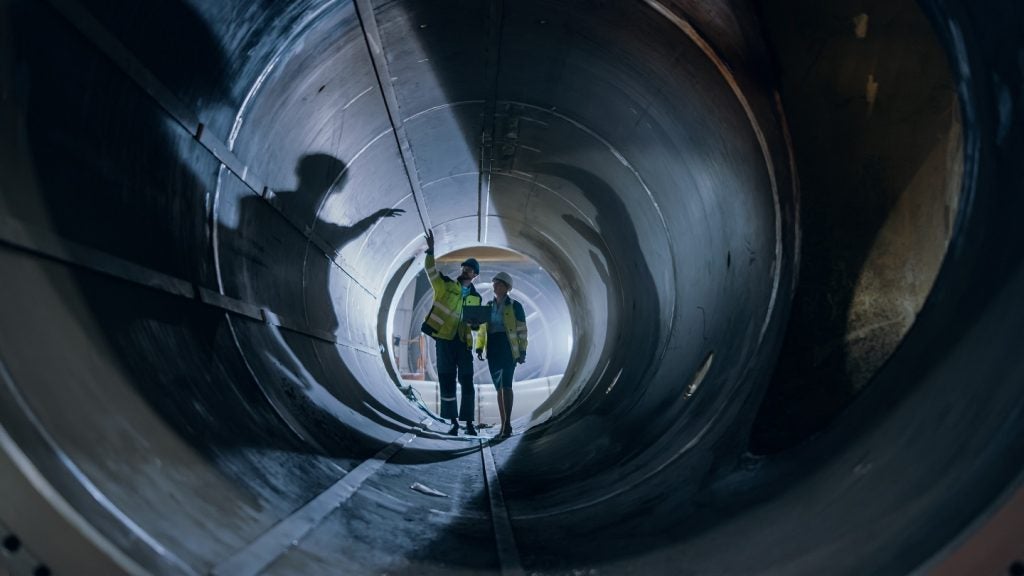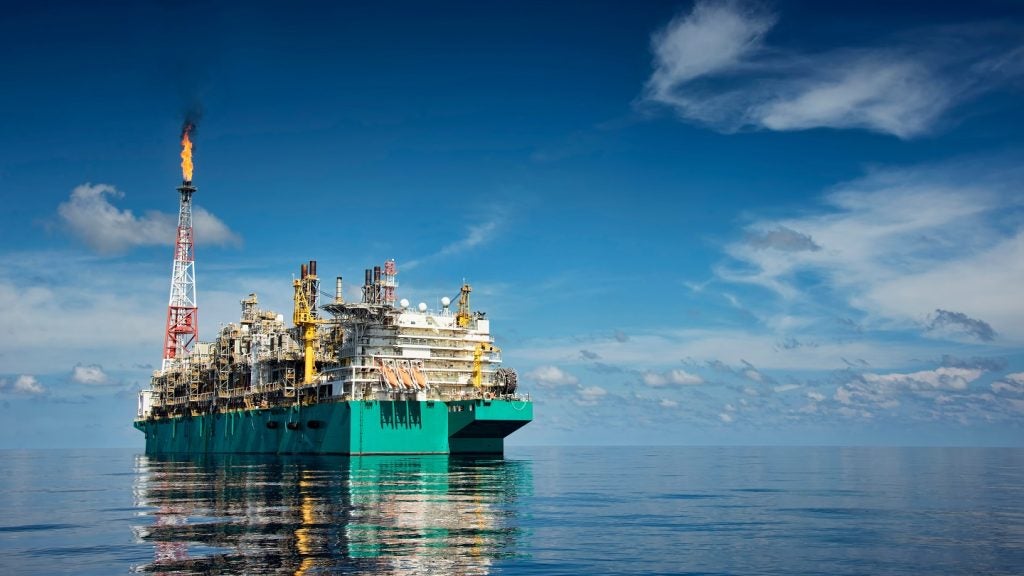Aker BP and its licence partners have made a gas discovery at the Ferdinand Nord prospect in the Barents Sea offshore Norway.
The discovery was made in exploration well 7324/6-2 located in production licence 1170, the Norwegian Petroleum Directorate said.
As per the preliminary estimates, the discovery holds between 0.52 and 0.75 million standard cubic metres of recoverable oil equivalent, which translates to around 3.3–4.7 million barrels of oil equivalent.
The exploration well 7324/6-2 has been drilled to a vertical depth of 1,246m below sea level using the Scarabeo 8 rig.
The well’s primary exploration target was to show petroleum in Middle Jurassic to Upper Triassic reservoir rocks within the Stø and Fruholmen formations.
The secondary exploration target was to confirm petroleum presence in Upper Triassic reservoir rocks in the Snadd Formation.
Following drilling, the well identified a 12m gas column in the Stø Formation across two sandstone layers, with a combined thickness of 10.5m.
Additionally, a 6m gas column was discovered in the Snadd Formation within a sandstone layer of moderate reservoir quality, although the gas/water contact was not reached.
While the well was not formation-tested, extensive data acquisition and sampling have been carried out.
Aker BP owns a 35% stake in production licence 1170, along with Equinor (35%), Petoro (20%) and Inpex Idemitsu Norge (10%).
Production licence 1170 was awarded during the Awards in Predefined Areas in 2022 (APA 2021).
The licensees are currently evaluating the discovery alongside other finds and prospects in the vicinity to consider potential development strategies.
In April 2024, Aker BP and its partners Equinor and Sval Energy started production from the Hanz field in the Norwegian North Sea.


